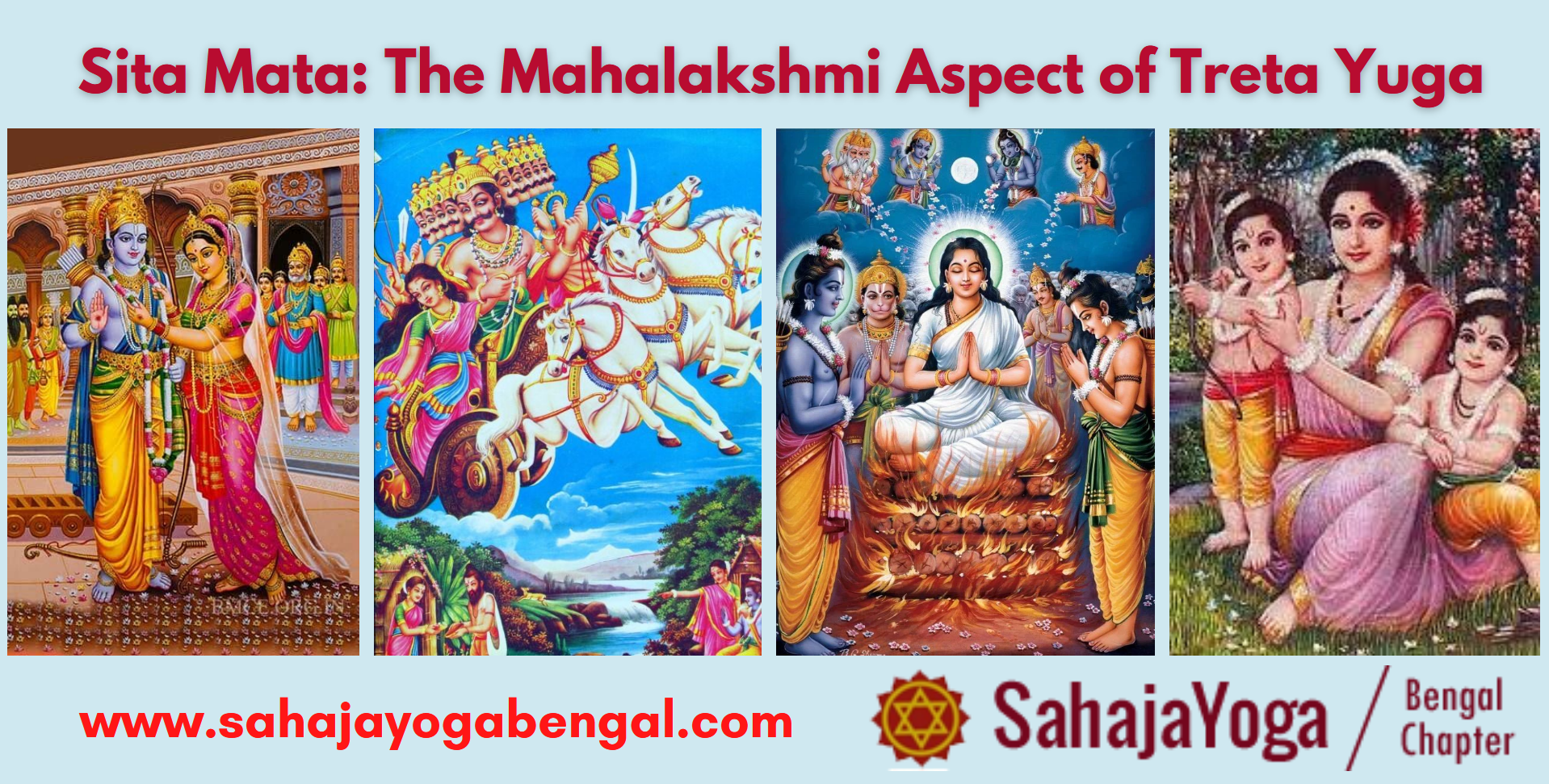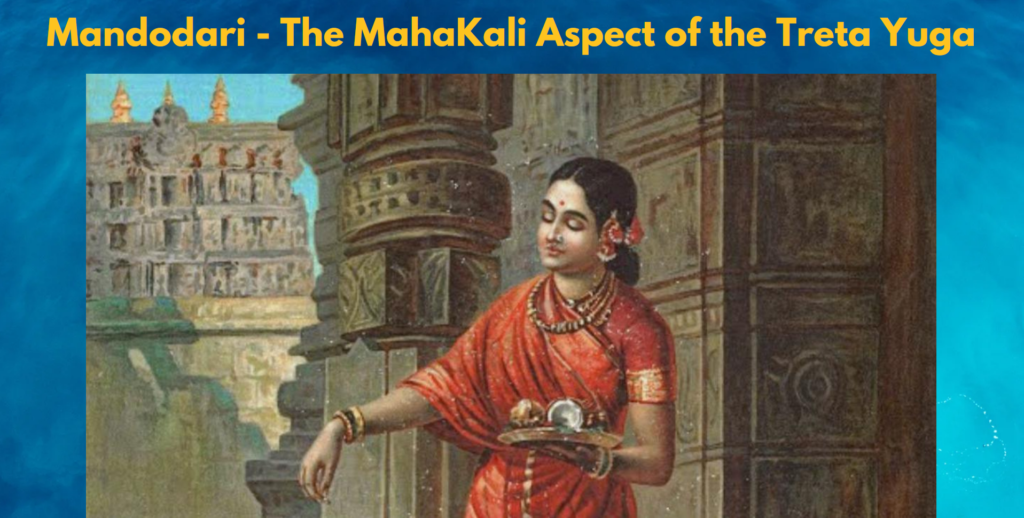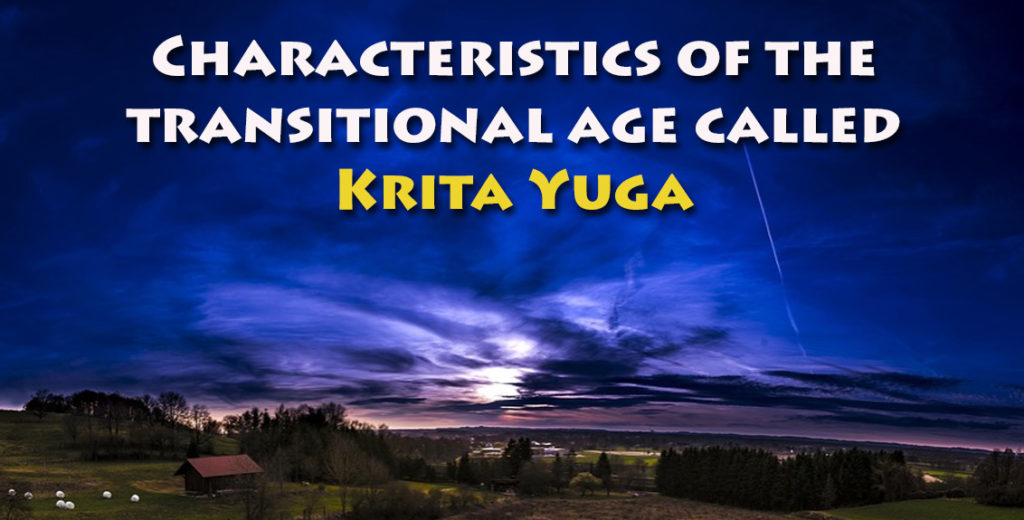Sita Mata: The Epitome of Virtue and Purity in Indian Mythology
Sita Mata, the divine consort of Lord Rama, is a symbol of purity, virtue, and unwavering devotion. Her saga is an integral part of the Ramayana, one of the two major epics in Indian literature penned by the sage Valmiki. In this article, we explore the life and character of Sita Mata, one of the most revered figures in Hinduism.
Birth and Early Life
According to the Ramayana, Sita was not born in the conventional sense but emerged from the earth. Thus, she is also known as “Bhumija” or “daughter of the earth.” Her emergence from the earth is often associated with fertility and agricultural abundance.
The King of Mithila, Shri Raja Janaka, discovered Sita while he was plowing a field. The divine child was found in a furrow, encased in a golden casket. Overjoyed at the discovery, Janaka adopted her and raised her as his own. Shri Raja Janak was himself a very enlightened soul and considered as one of the 10 incarnations of Shri Adi Guru Dattatreya. After all the responsibility of Shri Mahalakshmi had to be given to an enlightened soul and thus Shri Raja Janak was chosen to take good care of her and raise her with immense security and protection.
Marriage to Lord Rama
Sita’s marriage to Lord Rama was a significant event in her life. King Janaka set a challenge for potential suitors that involved bending the divine bow of Lord Shiva. Several mighty kings and princes tried but failed to even lift the bow. It was only Lord Rama, the prince of Ayodhya and the seventh avatar of Lord Vishnu, who could accomplish this task. Mother Sita was then betrothed to Shri Rama, marking the union of two divine beings.
Exile and Abduction
When Lord Rama was exiled from Ayodhya for fourteen years, Sita, demonstrating her steadfast loyalty, chose to accompany him along with his brother Lakshmana. They lived a humble life in the Dandaka forest, and it was during this exile that the demon king Ravana deceitfully kidnapped Sita, leading to the epic war in the Ramayana.
Ravana held Sita captive in his kingdom, Lanka, but despite his numerous attempts to break her will, Sita remained unyielding and devoted to Rama. Her unwavering faith and resilience have become legendary, marking her as an epitome of feminine strength and virtue in Hindu mythology.
Liberation and Trials
Rama, with the help of an army of monkeys and their noble king Sugriva, waged a great war against Ravana. After an epic battle, Rama slew Ravana and liberated Sita. However, the trials of Sita did not end there. In order to prove her chastity after being held captive by Ravana, Sita agreed to undergo an ‘Agni Pariksha’ (trial by fire). She emerged unscathed from the fire, proving her purity and innocence.
Despite this, Mother Sita faced further ordeals. Suspicions and gossip about her purity forced Shri Rama to banish her, while she was pregnant, to the forest, where she gave birth to twin boys, Lava and Kusha.
Final Departure
After a series of events where Rama discovered his sons, he asked Sita to return to Ayodhya. But Sita, weary of the trials she had endured, prayed to her mother, the Earth, to take her back. Answering her prayer, the Earth split open, and Sita was received back into the earth, marking her departure from the mortal world.
Legacy
The life and character of Sita are celebrated as paragons of virtue, chastity, and sacrifice. Despite enduring immense hardships, Sita remained steadfast in her convictions, symbolizing unyielding feminine strength. Her story serves as a powerful commentary on the trials and tribulations that women face in a patriarchal society. Sita’s character has influenced literature, arts, and culture extensively not only in India but also across Southeast Asia.
Sita Mata continues to be revered, and her life and ideals have left an indelible impact on Indian culture and spirituality. Her unwavering devotion to Shri Rama, her steadfastness in the face of adversity, and her embodiment of virtue and purity make her an eternal symbol of womanhood in Hindu mythology.
Treta Yuga – Extracted from the Book of Adi Shakti
During the Treta Yuga, at the time of Shri Rama, Adi Shakti incarnated
in three separate human personalities, expressing Her three aspects:
- Sita Janaki as the daughter of Raja Janaka
This was the first absolute human form (Loukik) - Sati Anasuya (Mahasaraswati) as the wife of a great saint
- Mandodari (Mahakali) as the wife of the demon Ravana




